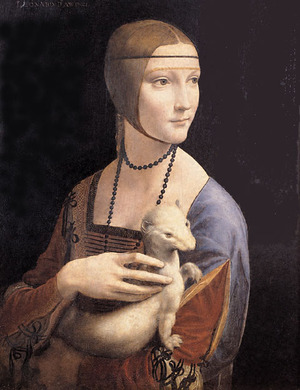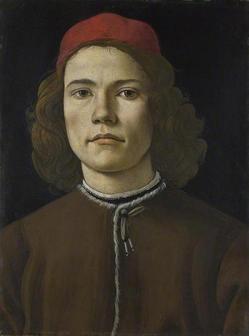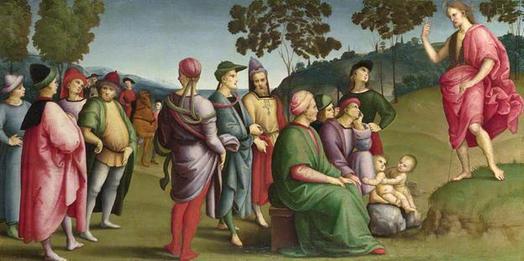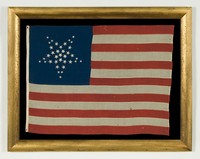 There are all kinds of collectors, as RCA readers know, and in tomorrow’s Wall Street Journal, I have a short piece on the Icons page on Morris Offit, a money manager who collects American flags. He likes the designs, he likes the patriotic feeling, and — his dealer Jeff Bridgman told me — he is grateful that the United States has been so good to him.
There are all kinds of collectors, as RCA readers know, and in tomorrow’s Wall Street Journal, I have a short piece on the Icons page on Morris Offit, a money manager who collects American flags. He likes the designs, he likes the patriotic feeling, and — his dealer Jeff Bridgman told me — he is grateful that the United States has been so good to him.
Not that Offit spends a lot of money on this hobby. He is definitely not the buyer who set the record for historical textiles at Sotheby’s in 2006, paying $12.33 million for a Revolutionary War calvalry banner. The same person, in the same sale, paid $5.05 million for a lot with three additional Revolutionary War battle flags.
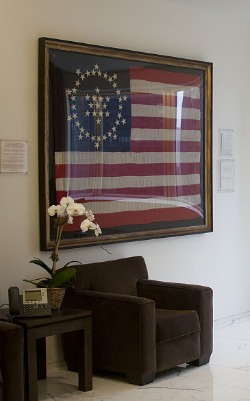 No, Offit keeps his costs down, declining, for example, the opportunity to buy an 1869 presidential campaign flag for John C. Breckinridge, who finished third behind Abraham Lincoln and Stephen Douglas. It fetched $100,000.
No, Offit keeps his costs down, declining, for example, the opportunity to buy an 1869 presidential campaign flag for John C. Breckinridge, who finished third behind Abraham Lincoln and Stephen Douglas. It fetched $100,000.
Offit, hardly a slouch in the business arena, gets mileage out of the collection there, too. He displays his purchases at his office, and has put the best ones in public areas — for example the Whipple design in the picture at right.
“We’re known as the flag office,” he told me. Indeed.
What I didn’t know until I did this article was that there was no official flag design until 1912. The sweet spot for collecting U.S. flags is between about 1830 (earlier material is pretty rare) and 1890, when — even though the designs weren’t set — industrialization led to the mass production of flags.

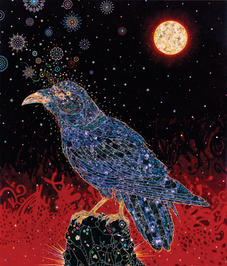
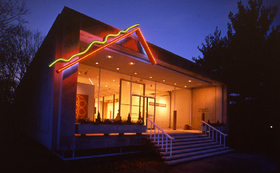 I just filed an article with details to The Art Newspaper,
I just filed an article with details to The Art Newspaper, 